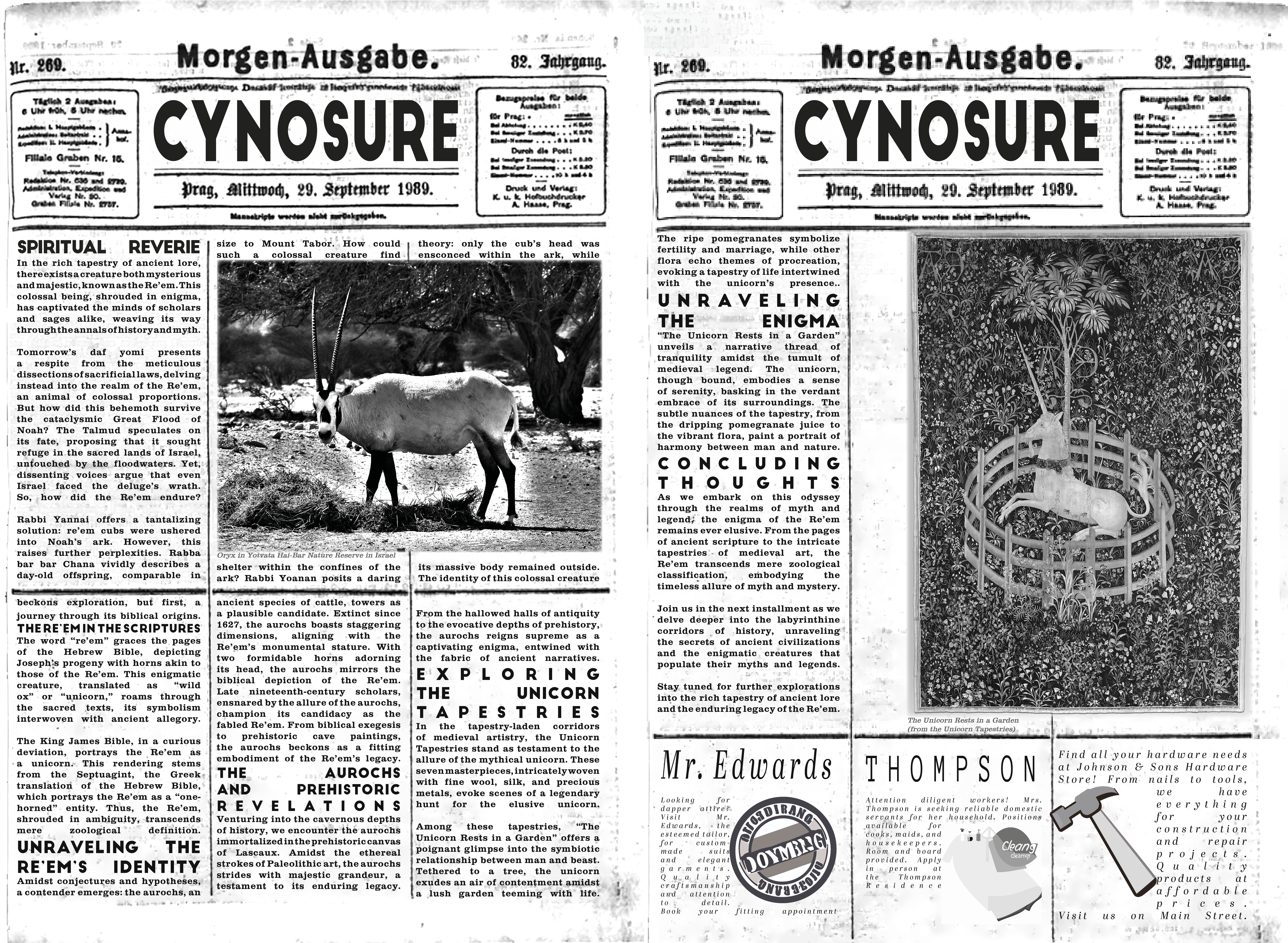In the hallowed stillness, thine gaze doth halt, entranced by shadows dancing upon the walls barren and sterile. Within the seclusion of the sanatorium, thou art entwined with the torment of abandoning thy literary progeny to the capricious whims of fate. Unfinished lines, akin to echoes of thy weakening breaths, reflect the shards of time slipping inexorably away.
"In this chamber of despondent quiet, solace I have sought in the most unexpected of visions—a reverie that transports me beyond the boundaries of this ailing vessel and into the domain of the mysterious. A creature, a Re'em, hath manifested before me. It hath enjoined me to discover a final resting abode in the native land unbeknownst to me."
Long hast thou sensed that thine essence found no place amid mortals, not destined for this terrestrial realm. Almost fated to solitude, thy existence poised to fade from the realms of men. Thy name whispered only in legends, thy being dismissed by the world. Yet, solace is found in being an enigma, thy secrets and fears returned to the embrace of the earth. Hast thou pondered if this is their rightful place, as marrow that sustains both soil and worms alike? Thy corporeal form, an artifact sealed in permanence. Thy identity, a song with verses that alter with each utterance.
"The Re'em mirrors my yearning to transcend the fleeting whispers in the chronicles of literature. Kindle these parchments, Brod, for within their annihilation resides the key to transforming into a mystic legend, a tale forgotten by time, cherished by a chosen few who dare seek concealed truths."
As thou sealest the missive, a peculiar tranquillity descends upon thy being. The wavering candle casts a soft radiance upon thy fragile frame, casting shadows that echo the transient nature of existence. The burden of incomplete narratives is momentarily lifted, as the penultimate chapter of thy life draws nigh its conclusion.
Brod, receiving the epistle in a distant corner of the world, bears the weighty responsibility laid upon him—a covenant to expunge the vestiges of thy literary essence, shielding it from judgments lingering betwixt the words. And in the quiet chamber of the sanatorium, where the echoes of a dying pen meet the flicker of a candle's flame, the supplication for literary mercy lingers in the air like a spectral whisper. The Re'em of Israel lowers its horn, granting thee the draught of inspiration, embodying the enigma sought in thy final dreams.


This is mostly a work of fiction. Names, characters, places, and incidents either are the product of the author’s imagination or are used mostly fictitiously. Any resemblance to actual persons, living or dead, events, or locales is mostly incidental.





